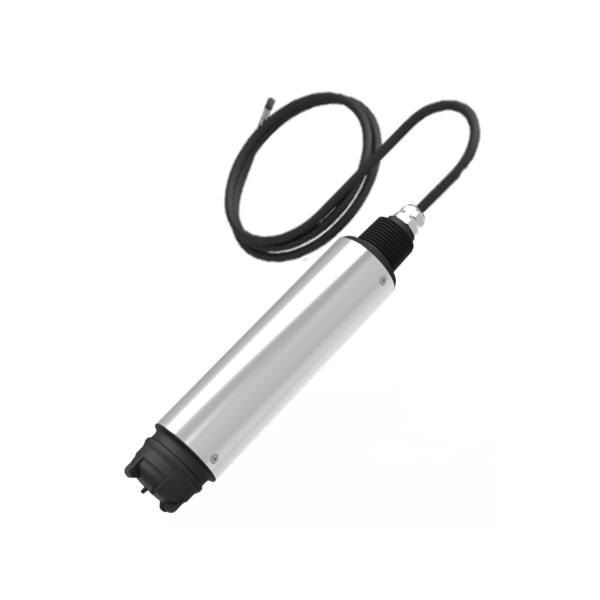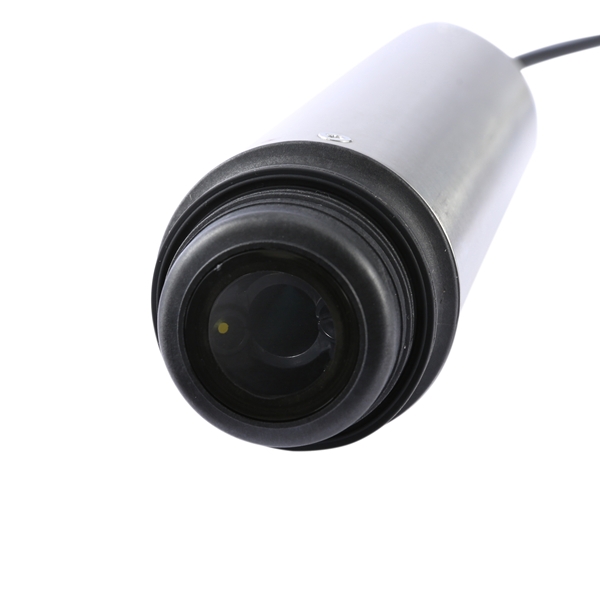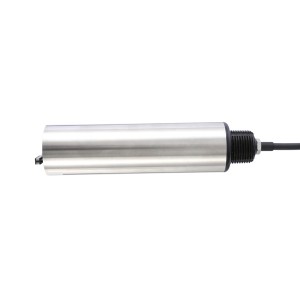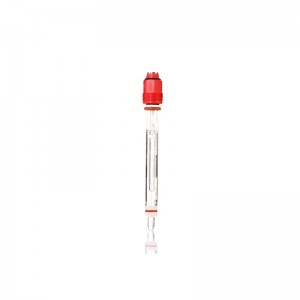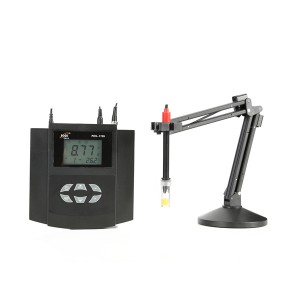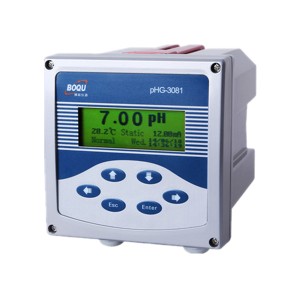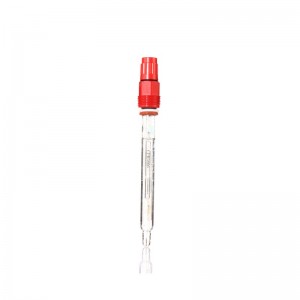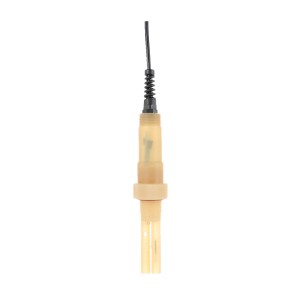What is a TSS sensor? How much do you know about TSS sensors? This blog will elaborate on its basic information and application scenarios from the perspective of its type, working principle and what is a TSS sensor better at. If you are interested, this blog will help you gain more useful knowledge.
What Is A TSS Sensor? Common Types Of The TSS Sensor:
TSS sensor is a type of instrument that measures the total suspended solids (TSS) in water. TSS refers to the particles that are suspended in water and can be measured by filtering a water sample and measuring the mass of the particles left on the filter.
TSS sensors use different methods to measure TSS, including optical, acoustic, and gravimetric methods. TSS sensors are used in a variety of applications, including wastewater treatment, environmental monitoring, and industrial process control.
Types of TSS Sensors:
There are several types of TSS sensors available, each with its own advantages and limitations. The most common types of TSS sensors include:
l Optical Sensors:
Optical sensors use light to measure the TSS in water. They work by shining a light through the water and measuring the amount of light that is scattered or absorbed by the suspended particles. Optical sensors are fast, accurate, and can be used in real-time monitoring.
l Acoustic Sensors:
Acoustic sensors use sound waves to measure the TSS in water. They work by emitting sound waves into the water and measuring the echo from the suspended particles. Acoustic sensors are useful in applications where the water is turbid or has high levels of organic matter.
l Gravimetric Sensors:
Gravimetric sensors measure the TSS in water by filtering a sample and weighing the particles left on the filter. Gravimetric sensors are highly accurate but require time-consuming laboratory analysis and are not suitable for real-time monitoring.
TSS sensors are essential instruments for monitoring the quality of water in various applications. Different types of TSS sensors offer different advantages and limitations.
However, for industrial drainage, drinking water plants, and other large-scale applications that require water quality testing instruments, optical TSS sensors are a better choice.
How Does A TSS Sensor Work?
TSS sensors work by emitting light into the water and measuring the amount of scattered light caused by suspended particles in the water. The BOQU IoT Digital TSS Sensor ZDYG-2087-01QX uses the following steps to measure TSS:
Before understanding what is a TSS sensor and how it works, we need to have some basic understanding of the example of BOQU’s IoT Digital TSS Sensor ZDYG-2087-01QX:
l ISO7027 Method:
The BOQU TSS sensor uses the ISO7027 method to ensure accurate and continuous TSS measurement. This method combines the use of infrared absorption and scattered light to minimize the impact of watercolor on TSS measurement. The red and infrared scattered light is used to ensure accurate and reliable measurements.
l Self-Cleaning System:
The BOQU TSS sensor is equipped with a self-cleaning system that ensures data stability and reliability. The sensor can be equipped with a cleaning mechanism depending on the environment in which it is being used.
l Digital Sensor:
The BOQU TSS sensor is a digital sensor that provides high-precision data on water quality. The sensor is easy to install and calibrate, and it includes a self-diagnostic function for added convenience.
Step 1: Emitting Light
The sensor emits light into the water at a specific wavelength. This light is scattered by the suspended particles in the water.
Step 2: Measuring Scattered Light
The sensor measures the amount of scattered light at a specific angle. This measurement is proportional to the concentration of suspended particles in the water.
Step 3: Conversion to TSS
The sensor converts the measured scattered light to TSS concentration using a calibration curve.
Step 4: Self-Cleaning
Depending on the environment in which it is being used, the BOQU TSS sensor may be equipped with a self-cleaning system. This ensures that the sensor remains free of debris and other contaminants that could interfere with accurate measurements.
Step 5: Digital Output
The BOQU TSS sensor is a digital sensor that outputs TSS data in a variety of formats, including Modbus RTU RS485. It provides high-precision data on water quality, and it includes a self-diagnostic function for added convenience.
In summary, TSS sensors, such as the BOQU IoT Digital TSS Sensor ZDYG-2087-01QX, use scattered light to measure the concentration of suspended particles in water.
They emit light into the water, measure the amount of scattered light, convert it to TSS concentration, and output digital data. They can also be equipped with self-cleaning systems for added convenience.
Applications Of The TSS Sensors: What Is A TSS Sensor Better At?
What is a TSS sensor better at? TSS sensors are useful tools for monitoring water quality in a variety of applications. Here are some examples of how TSS sensors, such as the BOQU IoT Digital TSS Sensor ZDYG-2087-01QX, can be used:
Wastewater Treatment:
TSS sensors can be used to monitor the concentration of suspended solids in wastewater treatment plants. They can detect changes in TSS levels in real time, allowing operators to adjust treatment processes as needed to maintain optimal water quality.
Environmental Monitoring:
TSS sensors can also be used to monitor water quality in natural environments, such as lakes, rivers, and oceans. They can detect changes in TSS levels caused by natural processes, such as erosion or algae blooms, and can help identify potential environmental concerns.
Drinking Water Treatment:
TSS sensors can be used to monitor the concentration of suspended solids in drinking water treatment plants. They can help ensure that water meets quality standards and is safe for consumption.
Industrial Processes:
In industrial settings, TSS sensors can be used to monitor the concentration of suspended solids in process water. This can help prevent equipment damage and ensure that products meet quality standards.
Overall, TSS sensors are valuable tools for monitoring water quality in a variety of settings. They can provide real-time data on TSS concentrations, allowing operators to make informed decisions and take action to maintain optimal water quality.
Final words:
Now, if someone asks you “What is a TSS sensor?” and “What is a TSS sensor better at?” do you know how to answer? If you want to customize a professional water quality testing solution for your factory, you can let BOQU help you. Their official website has many successful cases, you can also use it as a reference.
Post time: Mar-20-2023

